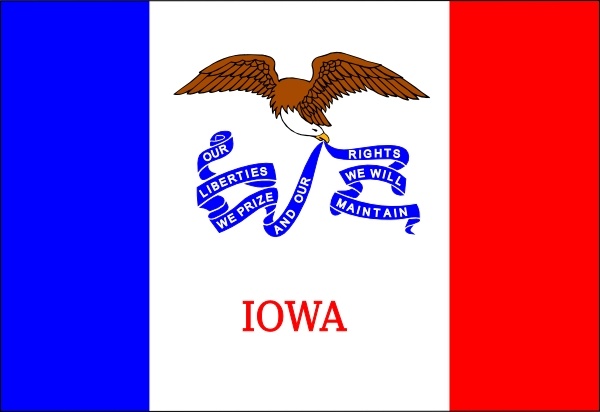Titanic's 101 Anniversary
On April 10th, 1912, the Titanic, the biggest and most luxurious ship ever built in history, sailed for New York, from the port of Southampton, in what was meant to be its maiden voyage. A few days later, on the early hours of April 15th, the ship went down into the Atlantic Ocean due to an iceberg collision. More than 1500 people perished in the water after its sinking, and only a few fortunates (aprox 700 people) survived thanks to the few lifeboats that the transatlantic carried.
Some of these survivors were interviewed on television in the 1970s, as it is shown in the following clip:
In 1985, over 70 years after the tragedy, the remains of the wrecked ship were found in the depths of the ocean by a French-American expedition led by Jean-Louis Michel of IFREMER and Dr Robert Ballard of the Woods Hole Oceanographic Institution. The RMS Titanic company gained full rights for the protection and preservation of the remains of the Titanic in 1994.
On its 100th anniversary, last year, Australian billionaire Clive Palmer announced that he intended to build an exact replica of the ship, named "Titanic II", that would sail, at the latest, on 2016.
[Source: Wikipedia.org]







